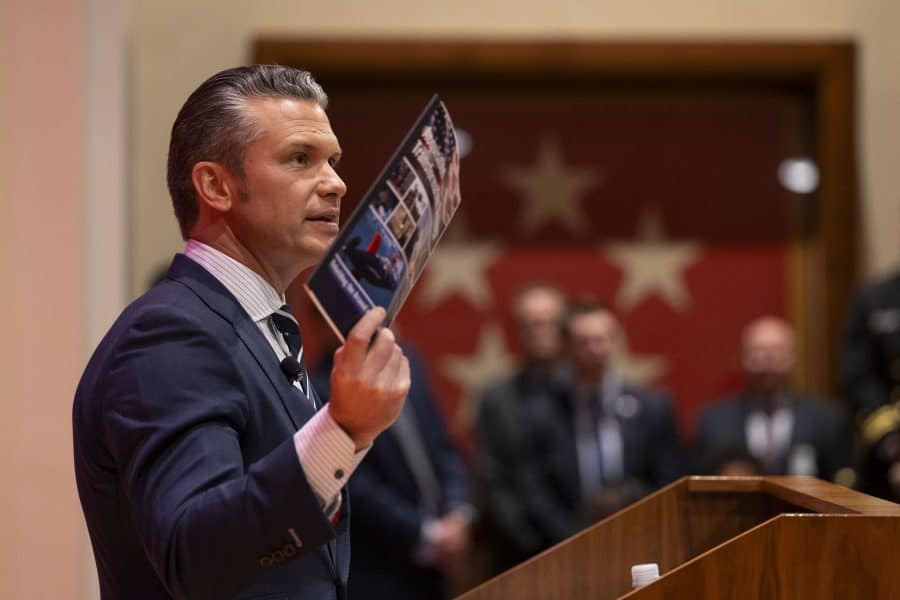SCIF vs. SAPF: Understanding the Differences Between Secure Facilities
In today’s world of sensitive information and high-stakes security, understanding the various types of secure facilities is crucial for anyone involved in defense, intelligence, or high-security industries. Among these facilities, SCIFs (Sensitive Compartmented Information Facilities) and SAPFs (Special Access Program Facilities) play pivotal roles. While both serve to protect classified information, they do so in distinct ways. This blog post will delve into the SCIF vs. SAPF debate, shedding light on their unique roles and requirements.
Intelligence Community Specifications 705-1 (ICS 705-1) outlines in Chapter 1 that this policy is designed to provide uniform standards for both SCIF and SAPF construction. This isn’t to mean that requirements based on the Accrediting Official (AO) as determined based on the threat environment and other factors cannot exceed the basic requirements outlined in ICS 705-1. The intent is uniform requirements for physical security construction of these spaces.
What is a SCIF?
A SCIF, or Sensitive Compartmented Information Facility, is a specialized facility designed to handle sensitive information related to national security. These facilities are governed by strict security standards to ensure that classified information is protected from unauthorized access and is only accessible to individuals who hold the necessary security clearance required.
Definition and Purpose
SCIFs are secure environments where sensitive compartmented information (SCI) is stored, processed, or discussed. The primary purpose of a SCIF is to safeguard information that is critical to national security, preventing espionage, theft, or unauthorized disclosure.
Security Standards and Requirements
SCIFs must adhere to rigorous security standards set by the federal government. These standards include:
- Physical Security: High-quality construction materials, soundproofing, and advanced alarm systems monitored by site security management support technicians.
- Access Control: Strict protocols for who can enter, including background checks and clearance requirements.
- Technical Security: Measures to prevent electronic eavesdropping and cyber-attacks.
Common Uses
A SCIF room is commonly used by government agencies, military operations, and contractors who handle classified information and require a high-security facility. For instance, intelligence agencies rely on SCIFs for secure meetings and data processing.
- Specialized Security Measures: SAPFs may have unique security features based on the specific needs of the SAP they support. Can include enhanced acoustic or TEMPEST protections.
- Access Controls: Security clearances and access are based on program-specific requirements, which can be more stringent than access to a larger SCIF the SAPF may be located within.
Interrelationship and Overlap
In some cases, facilities may be designed to meet the requirements of both SCIFs and SAPFs. For instance, a facility could be equipped to handle both SCI and SAP information, though it must meet the combined security standards of both types.
Examples and Case Studies
Consider a defense contractor developing a new weapon system or software solution. They might use a SCIF or SAPF to discuss classified information and handle details of a highly sensitive program. Both types of facilities are crucial for maintaining the security and integrity of their work. Specifically, the need to know principle in keeping the information segregated to specific people who have a need to know.
Some of the work may require the development and testing of communication equipment and other hardware necessitating effective shielding of the facility to protect against inadvertent signals being received by an adversary. In other instances amplified audio may be used in conference rooms requiring enhanced acoustic protections within the physical construction. Both conditions require specialized engineering to develop solutions to mitigate the specific threats and deliver an on-time accredited facility.
Both types of facilities require strict adherence to physical security construction, acoustic protections, compliance with TEMPEST standards, and any special enhancements required by the accrediting official based on the threat environment. A SCIF or SAPF is not a one size fit all. Specific attention to the threat environment, end use of the space, and risk tolerance of the accrediting official to maintain compliance must all be balanced.
Challenges and Considerations
Maintaining SCIFs and SAPFs involves significant challenges, including:
- Compliance: Adhering to new security standards based on an ever changing threat landscape.
- Operational Costs: Costs associated with implementing and maintaining security measures, specifically new standards to maintain accreditation.
- Personnel Training: Ensuring all personnel are thoroughly trained in security protocols.
Organizations must weigh these considerations when deciding whether to establish a SCIF, a SAPF, or both.
Conclusion
Understanding the SCIF vs. SAPF differences is essential for managing sensitive and classified information effectively. SCIFs protect sensitive compartmented information, while SAPFs are tailored to the needs of special access programs. By recognizing their unique roles and requirements, organizations can better ensure the security and confidentiality of their most critical information.
How CenCore Can Help
At CenCore, we specialize in designing, building, and securing SCIFs and SAPFs to meet the exact needs of our clients. Our Containerized SCIF Units (CSUs) offer a flexible, scalable solution for organizations requiring secure facilities tailored to their unique requirements.
Our CSUs are engineered to adhere to the highest standards of security, ensuring that your sensitive information is protected against all potential threats. Whether you need a new SCIF or SAPF, or you’re looking to upgrade your current secure facility, CenCore is here to assist with your design, build, and security needs.
If you are looking for a guaranteed accredited solution that adheres to all physical security, acoustic protections, and TEMPEST shielding requirements, CenCore has a solution for you.
If you are interested in learning more about how our CSUs can meet your specific requirements or if you need expert advice on designing and building secure facilities, contact us today. Our team of experts is ready to provide the solutions you need to keep your sensitive operations safe and secure.




